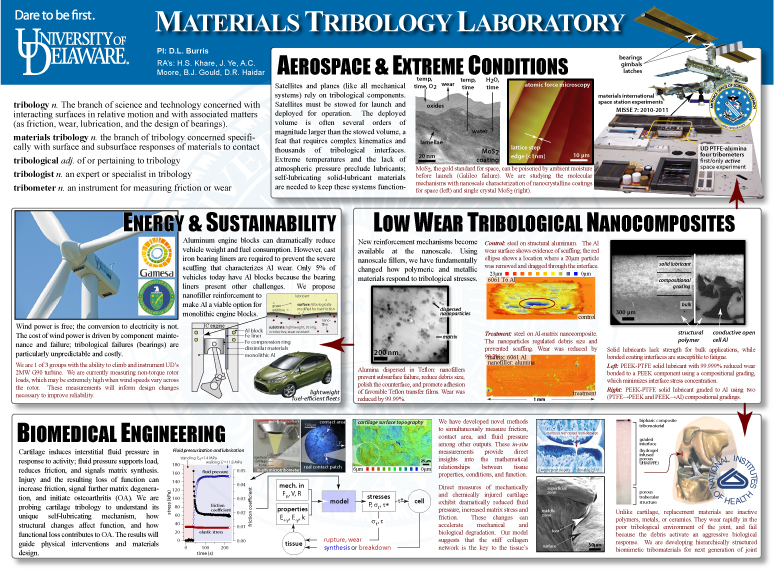National Defense Research
The ability to operate reliaibly and remotely over extended intervals in increasingly extreme environments is a critical competitive advantage for defense systems. Sand abrades helicopter blades and the hardest bearing surfaces. At sea, propulsion and steering assembly bearings are exposed to a corrosive saltwater environment with a wide range of temperatures and pressures. In aerospace applications, increased altitudes are accompanied by large thermal changes and loss of the atmospheric molecules needed to block solar irradiation and prevent lubricant evaporation.



